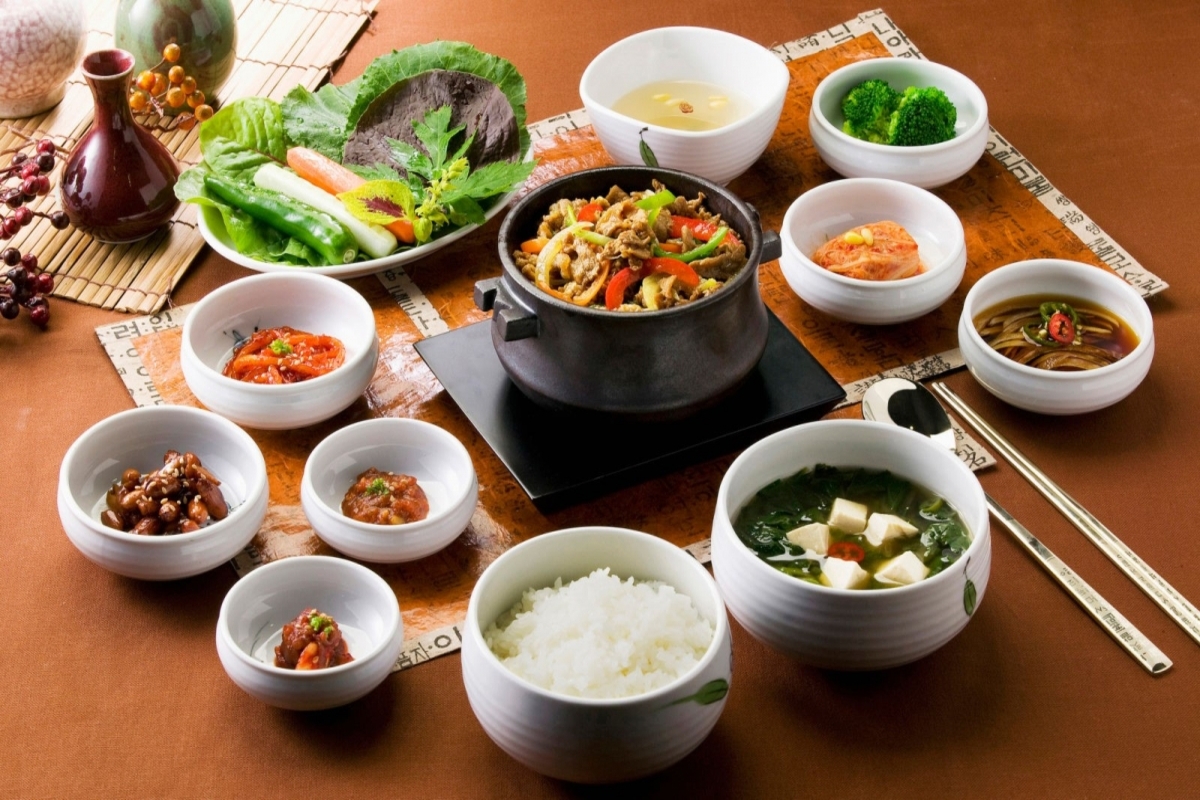Why South Korea’s democrats must worry
In particular, Korea, one of the poorest countries and one of the military dictatorships 50 years ago, is proud to have become a prosperous country and hold a democracy summit.
The Korean culture has gained a huge acceptance in India in 2020 and continues to do so in 2021 owing to its increasing fan base.

(photo: istock)
It’s interesting how culture can influence young minds, and the newest craze among youth is all about the K-culture also known as the Korean culture. From drool-worthy delicacies ruling the internet to the huge following of K-pop, Korean culture seems like the next big influence. Here’s all you need to know about it!
Many don’t know but South Korean culture or K-culture trends began in the 1980s. Today South Korea is considered a major exporter of popular culture. It started with the K-dramas then the K-pop which spread like a wildfire all across East, Southeast, and South Asia. What’s more, the K-culture collaborations with food chains have also fueled the growth of this culture in the country. Here are a few popular food trends.
In 2020, COVID-19 led lockdown accelerated the advocacy and acceptance of Korean culture in India. Home isolation gave the time and opportunity to the Indian consumers to deep dive into the Korean culture through K-Dramas and K-Pop and experience it through K-food. The rising popularity of K-Food in India presents a unique growth opportunity for Korean food manufacturers, ingredients and condiments manufacturers, and the Consumer Foodservice sector in India post-2020.
Advertisement
The increase in the viewership of K-dramas and K-Pop influenced the uptake and consumption of K noodles in India. The viewership of K dramas and K pop on Netflix, an online streaming platform, reported a YoY 370% jump in 2020 and the import of Korean Noodles in India also witnessed a volume growth of 162% in 2020.
K-Dramas gained popularity in India because of factors like the storyline, fashion, and aesthetics. To understand the audience of K-Dramas in India, a survey ran with respondents who were Indian and K-Drama fans. Interestingly, 88% of the respondents were willing to try Korean food, while only 40% of them had never tasted Korean food.
Koreans usually have grilled meats which are accompanied by wonderfully spicy and sour shreds of cabbage. It’s called Kimchi. Kimchi is preserved cabbage (also made with other vegetables) that is the cornerstone of Korean cooking. Local inquiries for dishes such as Korean fried chicken, Korean style Ramen, Kimchi, gimbap, kimchi-jjigae started flooding in after Korean Expatriates listed their canteens on online food delivery platforms.
The Korean culture has gained a huge acceptance in India in 2020 and continues to do so in 2021 owing to its increasing fan base.
K-noodles manufacturers would also need to think about the competition they would face from established Indian brands such as Maggi, Yippie!, if they expanded to mass consumers. As of now, Korean food manufacturers have an opportunity to develop their distribution and expand their market amongst a niche base of consumers who are experimental and willing to pay a premium for noodles. The growth of K-food in India, the entry of Korean brands, and how the local market adapts to this acquired taste remains an interesting space to look out for.
Advertisement